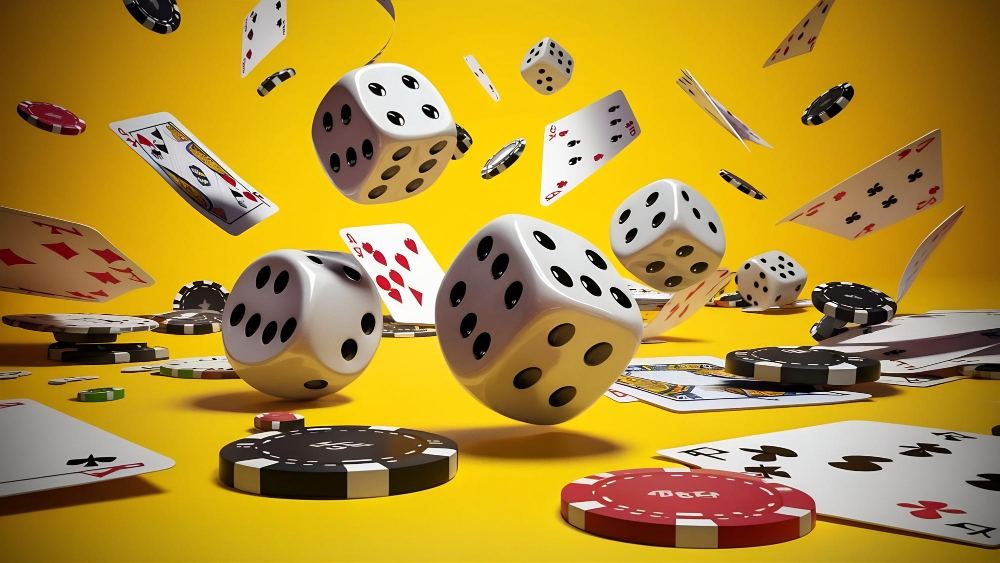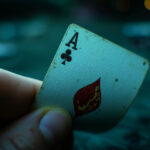In the strategic world of chess, every move is a step towards victory or defeat. Among the myriad questions that both novice and seasoned players ponder, one intriguing query stands out: Can a king kill a king in chess? This article demystifies the endgame scenario, paving the way for a clearer understanding of chess rules and strategies.
Understanding the Basics of Chess
Before delving into the complexities of our central question, let’s first set the chessboard. Chess is a two-player game with each player commanding an army of 16 pieces, including the paramount king. The objective is clear – checkmate the opponent’s king while preventing your own from being captured. This leads us to the heart of our discussion.
Can a King Kill a King?
The simple answer is no. According to the official rules of chess, a king cannot capture another king. This prohibition stems from the very objective of the game – a king is never actually captured; the game concludes with a checkmate or a draw. Engaging further into why this rule stands reveals the concept of ‘check’ and ‘checkmate’.
- Check: A scenario where a king is under immediate threat of capture on the next move.
- Checkmate: A situation where the king is in check and cannot escape capture.
Kings maintain a mandatory distance – they cannot stand next to each other on the chessboard. This is due to the ‘one-square rule’, which prevents any piece from moving into a square directly adjacent to the opposing king.
The Role of Strategy in Chess Endgames
The endgame phase emphasizes the importance of each chess piece, where the king transitions from a figure to be protected into an aggressive participant. However, the king’s aggression has its boundaries, fortified by the rules mentioned earlier.
| Strategy | Description |
|---|---|
| King Activation | Moving the king to a central, active position in the endgame. |
| Pawn Promotion | Advancing a pawn to the last rank to exchange it for a more powerful piece. |
| Creating Passed Pawns | Pushing pawns to become threats that must be stopped. |
Concluding the Mystery
The enigma surrounding whether a king can kill another king in chess uncovers the profound respect embedded within the game for its highest-ranking piece. Chess is designed as a battle of wits, strategy, and foresight, where the king’s capture signifies the end, rather than a combat to the death against an opposing monarch. It highlights chess not just as a game of tactical skirmishes but as a dance of intellectual depth and understanding.
Understanding and respecting the rules of chess enhances the beauty of this ancient game, allowing players to delve deeper into strategic play and appreciate every move’s significance. So, while a king may never kill a king, the cunning maneuvers leading up to a checkmate are where the true mastery of chess lies.







